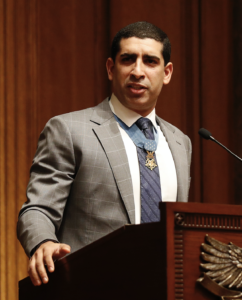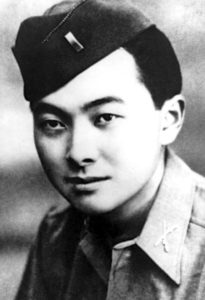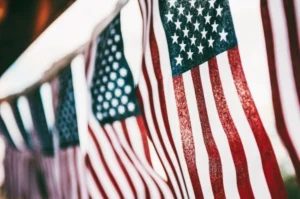On the 4th of July, we as Americans celebrate the birth of our country and the freedom we enjoy. It is a day of patriotism, pride, and joy. In celebration of the birth of our nation we would like to share with you the stories of some of the men who went “above and beyond” the call of duty in service to our great nation on the 4th of July. We hope you share their globe-spanning stories of courage while you rejoice with your friends and loved ones this year.
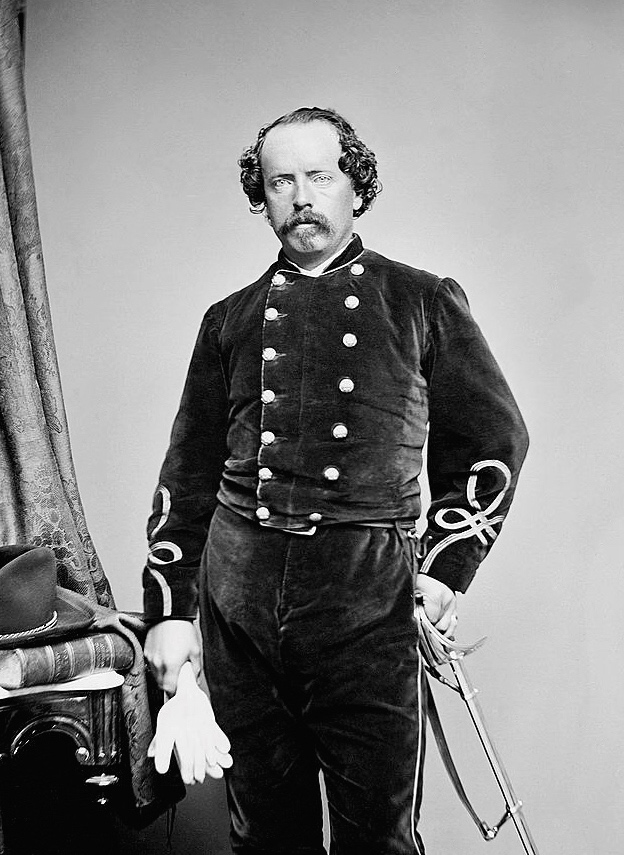
MAJ Charles Capehart – Civil War
Action Date: July 4, 1863.
Place of Action: Monterey Mountain, PA.
Medal of Honor Action: While in command of a regiment of Union cavalry, Major Capehart was in pursuit of Robert E. Lee’s Army of Northern Virginia following the Confederate defeat at the Battle of Gettysburg. While the Union Army was not able to maneuver quickly enough to chase Lee, Union cavalry hounded the Confederates all the way back to Virginia. Capehart, in command of the 1st West Virginia Cavalry, led his 640 officers and men in a charge at Monterey Pass in Pennsylvania. In fierce hand-to-hand fighting with sabers and revolvers, they seized the Confederate cannon and cleared the way for the attack on the wagon train. Capehart was awarded the Medal of Honor in 1898. Learn more about MAJ Charles Capehart here.
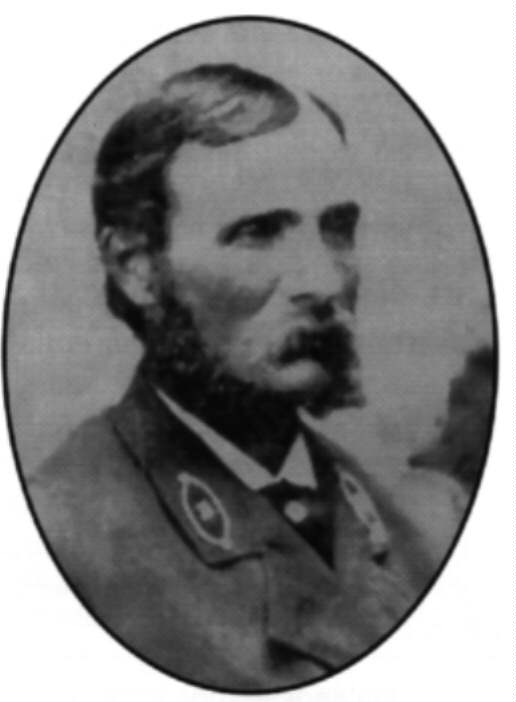
Action Date: July 4, 1863.
Place of Action: Port Hudson, LA.
Medal of Honor Action: Sergeant Hanna was with the 50th Massachusetts Infantry Regiment in July laying siege to Port Hudson when water for the regiment was running low and heat was taking its toll the Union infantry. When the company lieutenant called for volunteers to fetch water from Union lines, which would require traversing 450 feet of open ground while exposed to enemy fire, only Hanna volunteered. Carrying a dozen canteens, Hanna leapt out of the trenches and ran a through fire from enemy sharpshooters. After securing fresh water, Hanna had to cover the same deadly ground in order to return to his comrades. Hanna was a hero both on-and-off the battlefield: the U.S. Lighthouse Service awarded Hanna the Gold Lifesaving Medal in 1885 for saving two sailors while serving as a lighthouse keeper. Hanna is, to date, the only individual honored with both the Gold Lifesaving Medal and the Medal of Honor. Hanna was awarded the Medal of Honor in 1895. Learn more about SGT Marcus A. Hanna here.
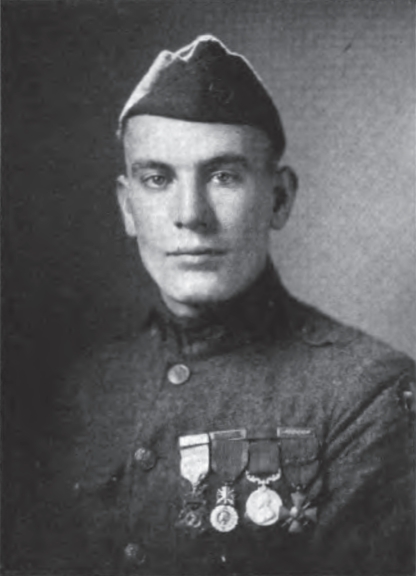
CPL Thomas Pope – World War I
Action Date: July 4, 1918.
Place of Action: Hamel, France.
Medal of Honor Action: Corporal Pope’s company had advanced as part of an Allied attack that captured the strategic town of Hamel, France. That night, the Germans counterattacked at a hill they called “Wolfsberg.” A few hours later, joint Australian and American forces had stopped the counterattack. After the German assault was broken, Allied forces were pursuing them when they were brought to a halt by a hostile machine gun. After shouting that he could see the gun Pope rushed forward alone. Miraculously reaching the machine gun unharmed, Pope bayoneted several of the crew. Then, standing astride the gun, he held fired his rifle at Germans attempting to recapture it until reinforcements arrived. For his heroism, Pope was awarded both the Medal of Honor and the Distinguished Conduct Medal by King George V. Pope received the Medal of Honor from General John Pershing on April 22, 1919. Learn more about CPL Thomas Pope here.
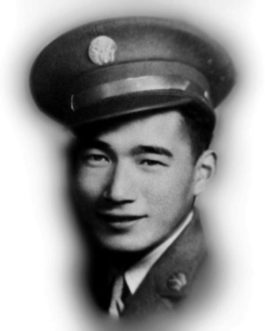
PFC William Nakamura – World War II
Action Date: July 4, 1944.
Place of Action: Near Castellina, Italy.
Medal of Honor Action: Private First Class Nakamura was fighting as a member of the famed 442nd Regimental Combat Team. The 442nd were attacking Hill 140 near Castellina, Italy. As the casualties mounted, the men renamed Hill 140 “Little Cassino.” During the battle for Hill 140, Nakamura’s platoon was pinned down by an enemy machine gun. He silenced the machine gun with grenades after crawling more than 50 feet to get close enough to it. Later in the day, his company was ordered to withdraw to clear the way for a mortar barrage. On his own initiative, Nakamura remained behind to provide covering fire for his comrades. His heroic last stand cost him his life, but ensured the safe withdrawal of his fellow soldiers. Nakamura’s family was given his Medal of Honor on June 21, 2000 by President Bill Clinton. Learn more about PFC William Nakamura here.
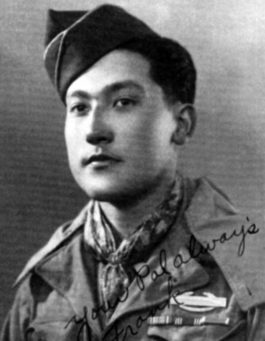
PFC Frank Ono – World War II
Action Date: July 4, 1944.
Place of Action: Near Castellina, Italy.
Medal of Honor Action: Private First Class Ono was also a member of the 442nd Regimental Combat Team. Ono was fighting to capture Hill 140 near Castellina, Italy. In attacking the hill Ono silenced a machine gun 300 yards distant and, while advancing, killed a sniper with a burst of fire. At one point, while defending his unit’s position, his weapon was torn from his hands by enemy fire. He threw grenades to halt the enemy, and then picked up a wounded man’s rifle and continued with the assault. During the attack he moved through a hail of enemy fire in order to give first aid to two wounded soldiers. Then, from an exposed position at the crest of a hill, he made himself the target of enemy fire until his platoon could withdraw safely. Incredibly, Ono survived making himself a target, and died in 1980. Ono’s family was given his Medal of Honor on June 21, 2000 by President Bill Clinton. Learn more about PFC Ono here.

SGT LeRoy Mendonca – Korean War
Action Date: July 4, 1951.
Place of Action: Chich-on, Korea.
Medal of Honor Action: The 7th Infantry, including Sergeant Mendonca, were a key unit in the fight for control over the “Iron Triangle” area in Korea. The aim of the Allied counteroffensive was to deny the use of territory and prevent the Chinese and North Korean forces from threatening the entire allied front as they had a few months earlier in the Spring of 1951. Most of the job to secure the mountains in the center of the triangle fell to the 7th Infantry. The job was almost done by July 4, 1951 when Mendonca and his men came under attack. His platoon had captured Hill 586 on July 3, but in the night was outflanked by a larger enemy force. Covering his platoon’s withdrawal, Mendonca fired his weapon and hurled grenades. When his ammunition ran out continued to fight, clubbing with his rifle and bayonet in hand-to-hand combat until he was mortally wounded. His heroic sacrifice stalled the enemy, ensured the safety of his platoon, and allowed the 7th Infantry Regiment to repel the attack and keep the hilltop. General Omar Bradley gave Mendonca’s Medal of Honor to his father, Joseph Mendonca, on August 14, 1952. Learn more about SGT Mendonca here.
